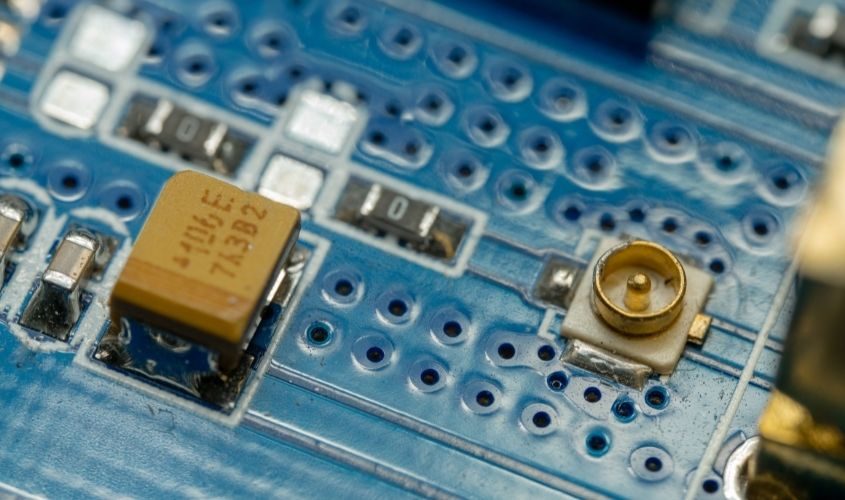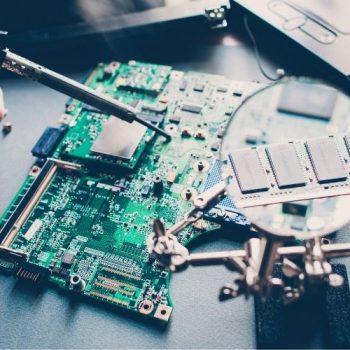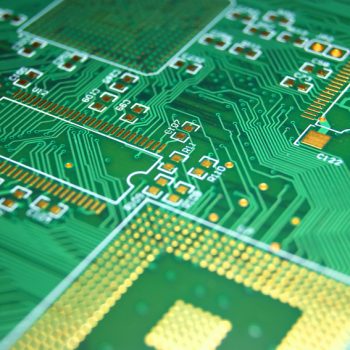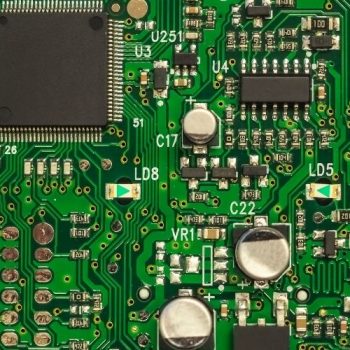Printed circuit boards (PCBs) are vital components in most electronic devices. However, they’re also some of the most fragile and precise parts of any device. This means that PCBs need to be flawless to do what people need. Now, certain techniques and technologies help create PCBs capable of impressive feats. Controlled impedance is one example of this.
What Is Controlled Impedance in PCB?
PCBs have the unique job of carrying electric signals between connecting parts. These electronic signals are necessary for a device to perform its function, and it won’t work without them. These signals travel through signal traces that run through the PCB. However, they don’t do so freely, as it takes time for them to travel along these transmission lines. That time delay can increase or decrease depending on several factors, such as materials. Controlled impedance is about controlling the resistance that a signal trace puts on a signal.
Why Is It Useful?
It might seem odd that PCB manufacturers design their PCBs to include impedance. So, what’s the purpose of controlled impedance? It’s a critical step in preserving signal integrity. As the signals flow across a PCB transmission line, they encounter resistance. However, the resistance is not naturally the same at all parts of the path. This unevenness can cause the signal to fail and stop the device from working. This is why controlled impedance is so important to a PCB. Without it, a lot of PCBs wouldn’t work. This becomes truer the smaller the PCB is because it requires more precision to send signals within them.
If you asked, “What is controlled impedance in PCB?” you now know the answer. When it comes to controlled impedance, multiple factors can affect resistance. From trace height to material resin content, each one of these elements is significant for a PCB. Therefore, you should use a short-run PCB service, which can help you figure out what design you need for your PCB.










